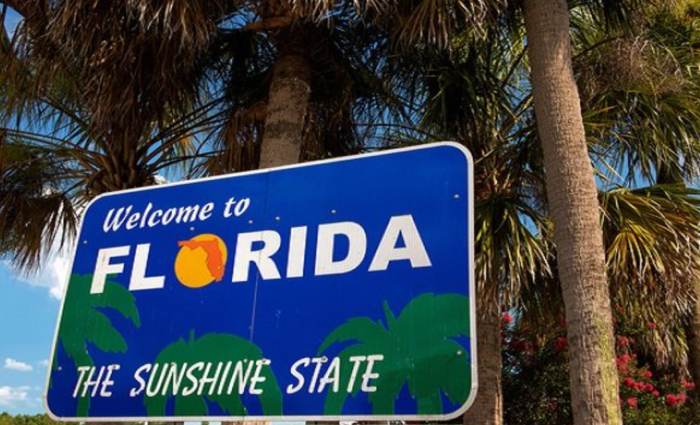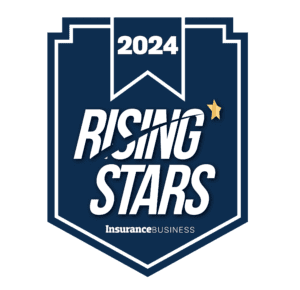Another one bites the dust – Florida’s insurance failures continue

Florida’s insurance carrier challenges persist with another company headed into insolvency and analysts saying that almost half of the smaller Florida-dedicated homeowners carriers they have tracked have failed to make a go of it.
St. John’s Insurance is the latest failure, after the Florida Department of Financial Services said a receiver has been appointed and the company’s assets would be liquidated.
Demotech had previously withdrawn St. Johns’ financial stability rating, saying that its reserves were inadequate.
Florida’s homeowners carriers continue to face loss creep and rising loss adjustment expenses, while recent accident year performance has also been challenged even without major hurricanes striking the state.
The push for more rate continues and now reinsurance rates are looking set to rise further at the mid-year 2022 renewals, with some citing opportunities, but others looking to pull-back on an insurance market that is deemed dysfunctional by many.
With assignment of benefit (AOB) claims still rising in Florida and the pace of claims litigation deemed concerning, there is currently no sign of any significant market improvement emerging, while at the same time carriers continue to push for significant rate increases to cover their expenses and loss costs.
Policyholders of St. John’s are at least getting continuity, as the Department of Financial Services said, “The Department has entered into an agreement with Slide Insurance Company (“Slide”), which will transition policies to Slide and provide policyholders with continued insurance coverage starting on March 1, 2022.
Slide is the insurtech property insurer launched by Bruce Lucas, the former Heritage CEO.
Lucas commented on a deal that sees his startup assuming $400 million of premium just months into its existence, “I have done a lot of very successful deals in my career, but I have never been able to process millions of data points at this speed. We processed $73.7 billion in annual TIV, multiple years of claims data, projected reinsurance costs and forward modeled loss ratios in 48 hours. I don’t think there is another insurtech that could have analyzed and closed this complex transaction, let alone at this speed.”
A number of other Florida carriers are seen as at-risk of failure currently, with some stopping writing new homeowners business, while others try to recapitalise to survive the pressures they face.
Florida’s St. John’s Insurance was the eighth largest in the state, with around 160,000 policyholders.
Commenting on the latest Florida P&C insurance failure, analysts at ALIRT Research explained, “News today of yet another Florida domestic insurer insolvency (St. Johns Insurance Company, Inc.) further supports the argument that an artificially-priced insurance market ultimately comes apart.
“The challenge of maintaining “affordable” homeowners rates in a state that faces not only higher annual risk of substantial windstorm losses but also an active trial bar does not bode well for the region’s remaining domestic insurers.”
ALIRT believes Florida’s insurance market has seen significant value destruction, with many companies failing to establish a sustainable business there.
“To give a sense of the value destruction in Florida’s homeowners market, of the 69 smaller Florida-dedicated homeowners insurers that ALIRT has tracked over the past 20 years (excluding subsidiaries of national insurance groups), 13 have merged with others of their peers, 6 are currently in run-off, and 15 have become insolvent (for a list of the latter, see below). Doing the math, this implies that almost half have not been able to make a go of it,” the analysts explained.
It’s a pretty terrible record for the Florida insurance market and one that looks set to worsen, before it gets any better.
Demotech is said to be considering further rating moves, while the more thinly capitalised Florida property insurers could have a torrid reinsurance renewal ahead of them, with higher rates and much more onerous terms.
In fact, in some cases there are insurers that may find getting reinsurance backing a challenge, as why would you throw good limit after bad, if you were a reinsurer or ILS fund that has been hit by repeated years of losses and loss creep.
Add to all these issues the expansion of Florida Citizens and its plans to downsize and you have an interesting situation that only looks solved by continued price rises, or more efficient business models and capital.
Right now, it seems unlikely carriers will queue up for depopulation from Citizens, unless they are allowed to charge much higher rates to the policyholders they pick up.
At the same time, reinsurance capital is going to be particularly demanding at June 1st.
Previously, we would have suggested the best chance of depopulation might have been alternative capital backed efforts, such as we’ve seen undertaken by Nephila Capital before.
But right now, even that is not going to happen without significant rate increases to make it palatable to assume more Florida property risks.
Even the most efficient capital, value chains and business models have a limited appetite when it comes to certain areas of the Florida homeowners market right now, which is why Citizens and others are going to perhaps become even more reliant on reinsurance and the capital markets, as they will need capital that can absorb the volatility to help them get through this challenging period.
But, of course, reinsurance capital has a price attached and this year that price continues to rise.






